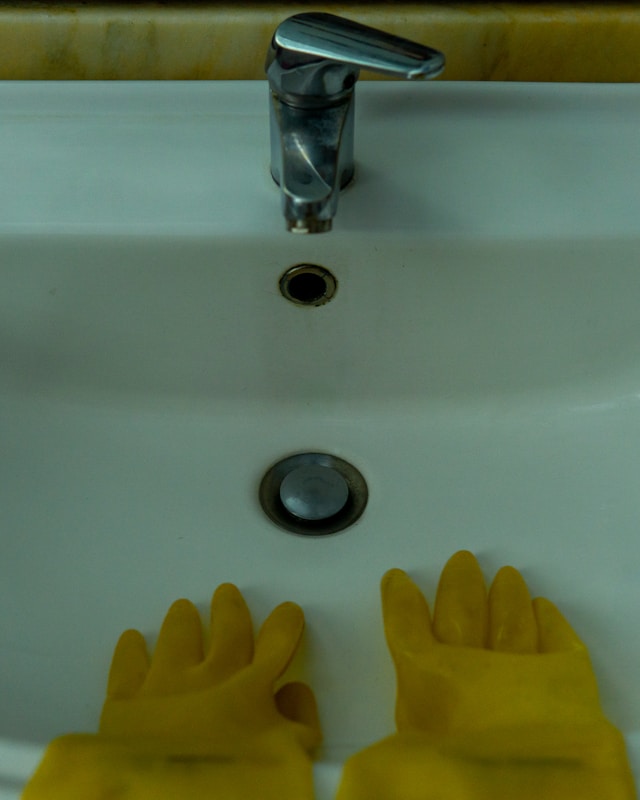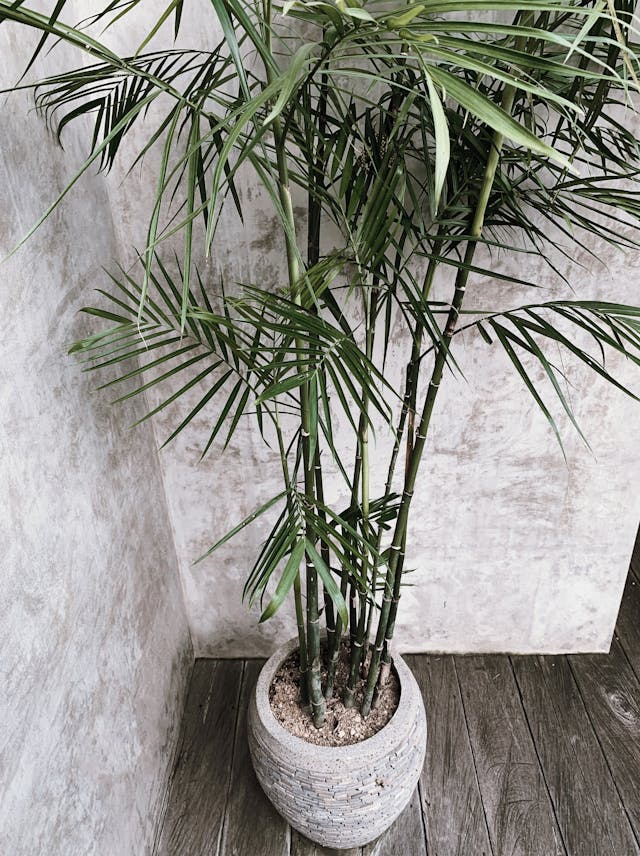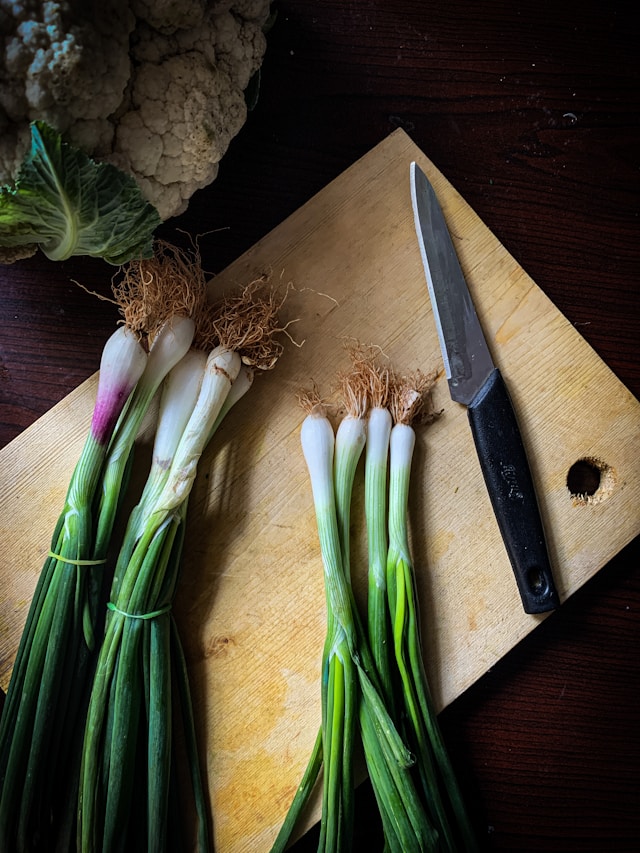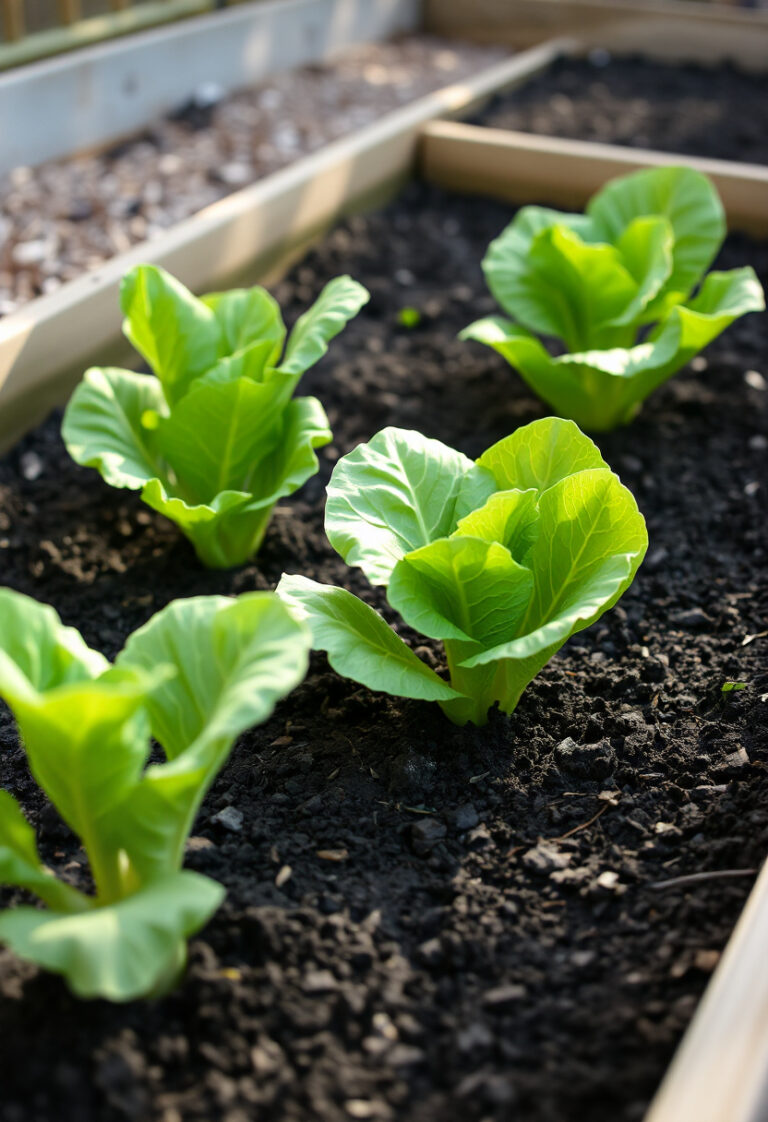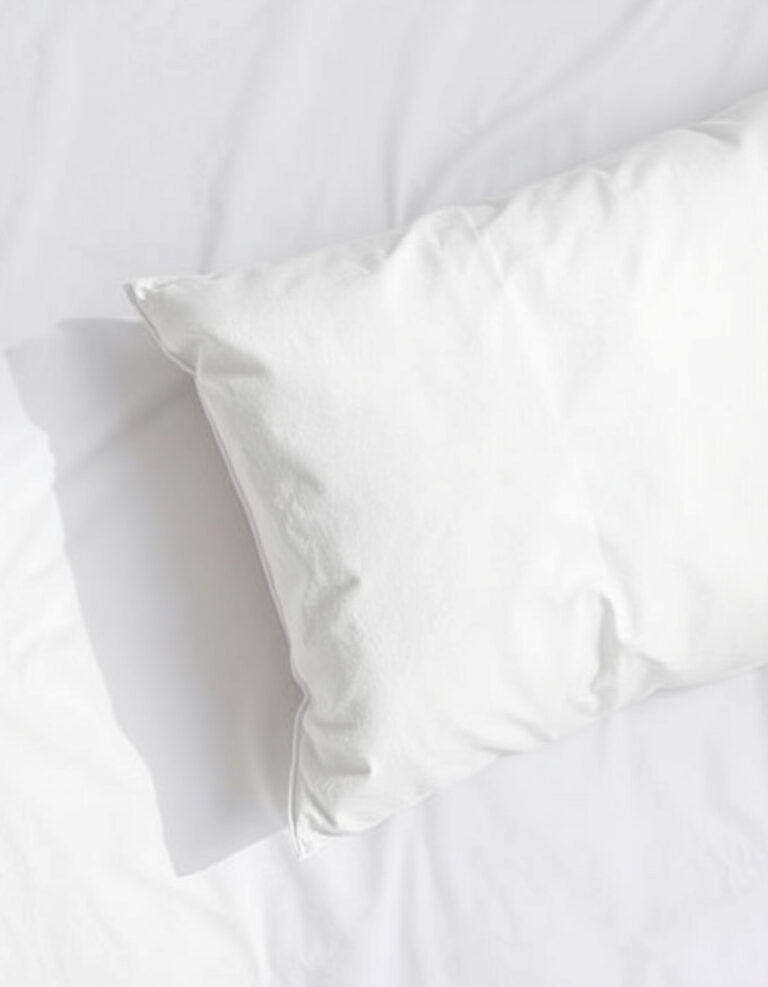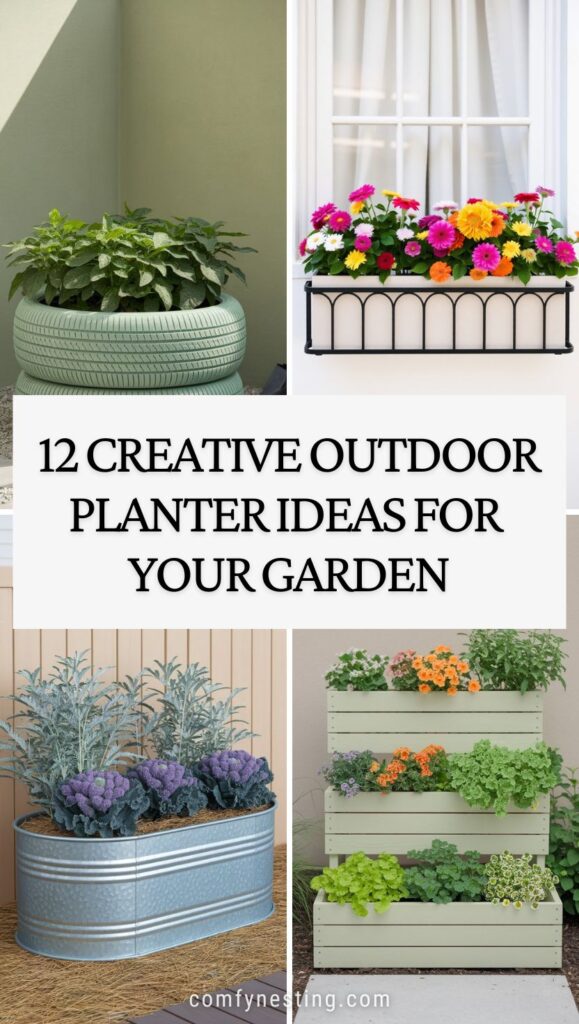
Transform your garden space with innovative outdoor planter solutions that showcase your plants while adding functional beauty to your landscape. Whether you’re working with a small patio or expansive yard, the right container gardening approach can maximize your growing potential and create stunning visual displays.
Why Choose Container Gardening for Your Outdoor Space
Container gardening offers remarkable flexibility that traditional in-ground planting cannot match. An outdoor planter system allows you to control soil quality, move plants seasonally, and create focal points throughout your garden. This approach works exceptionally well for renters, those with poor soil conditions, or gardeners who want to experiment with different plant combinations.
Benefits of using outdoor planters include:
- Better drainage control
- Easier maintenance and harvesting
- Protection from ground pests
- Seasonal mobility for tender plants
- Space efficiency in small gardens
1. Repurposed Wooden Crates and Pallets
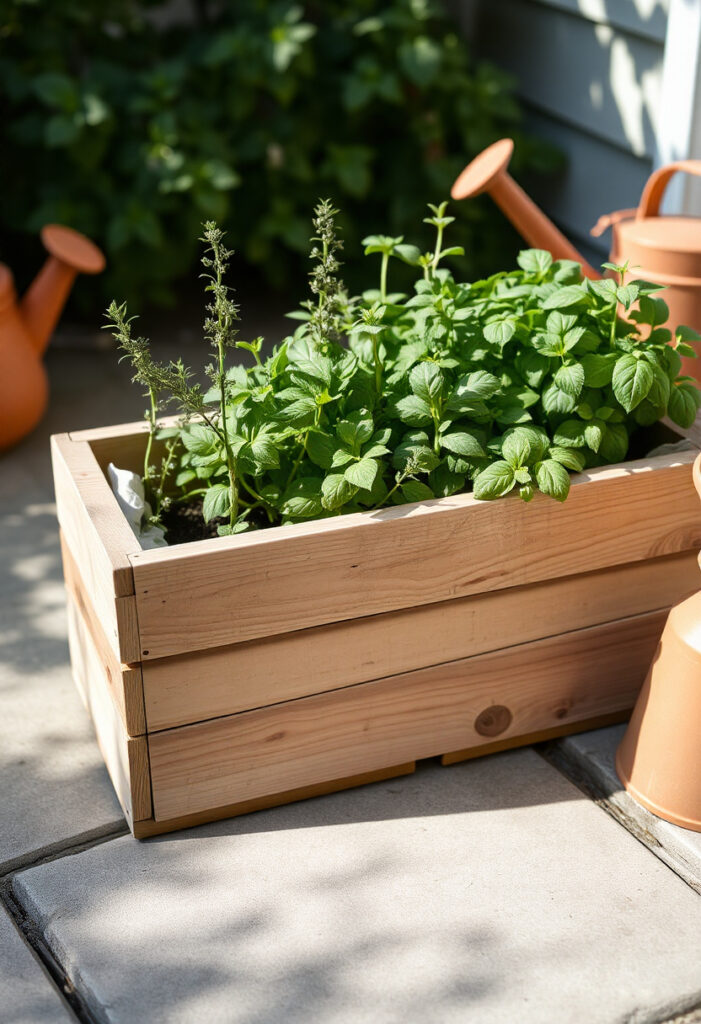
Transform discarded wooden materials into rustic planters that bring natural texture to your space. Wooden crate planters work beautifully for herbs, succulents, and small flowering plants. Sand and seal the wood to extend its lifespan, and line with landscape fabric to prevent soil spillage.
For larger plantings, disassemble wooden pallets and rebuild them into custom-sized containers. These work well for vegetable gardens and can be arranged in vertical configurations to maximize growing space.
2. Concrete Block Gardens

Concrete blocks provide affordable, durable solutions for creating raised planting areas. Stack blocks to form rectangular or square planters, filling the hollow centers with soil for additional growing space. This method works particularly well for Mediterranean herbs and drought-tolerant plants.
Paint concrete blocks in coordinating colors to match your home’s exterior, or leave them natural for an industrial aesthetic.
3. Tire Planters with Style
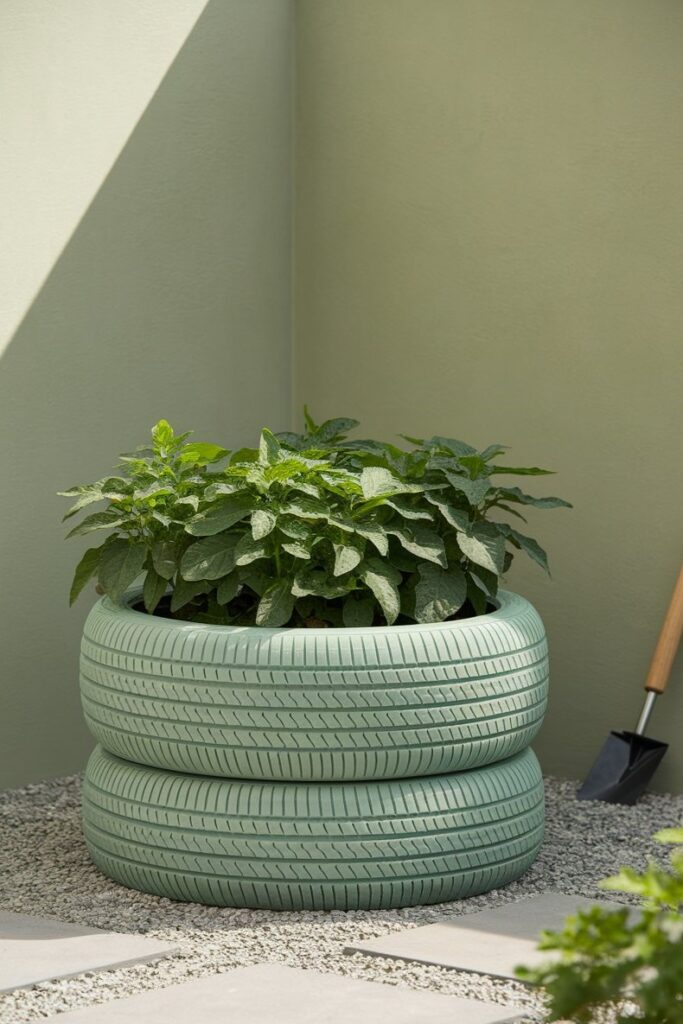
Despite their humble origins, used tires can become attractive planters with proper preparation. Paint tires in bright colors or neutral tones to complement your garden design. Stack multiple tires for height variation, or cut and flip tire edges for decorative patterns.
These work exceptionally well for potato towers and other root vegetables, as you can easily add soil layers as plants grow.
4. Hanging Basket Innovations

Maximize vertical space with creative hanging planter arrangements. Traditional hanging baskets work well, but consider macrame plant hangers, repurposed colanders, or even old chandelier frames for unique suspended gardens.
Trailing plants like petunias, ivy geraniums, and nasturtiums thrive in elevated positions where their cascading growth can be fully appreciated.
5. Wheelbarrow Gardens
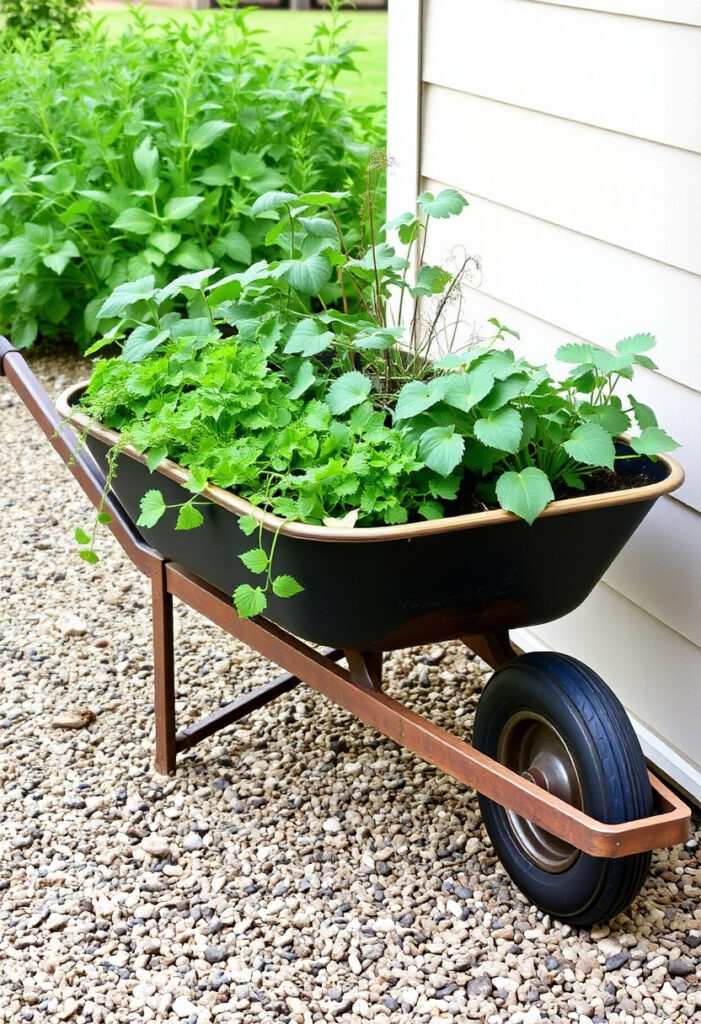
Vintage or broken wheelbarrows make mobile outdoor planter options that can be repositioned throughout the growing season. These containers offer substantial soil volume for larger plants and vegetables.
Drill drainage holes in the bottom, and consider adding wheels if mobility is important. Seasonal displays work particularly well in wheelbarrow planters.
6. Ladder Plant Stands
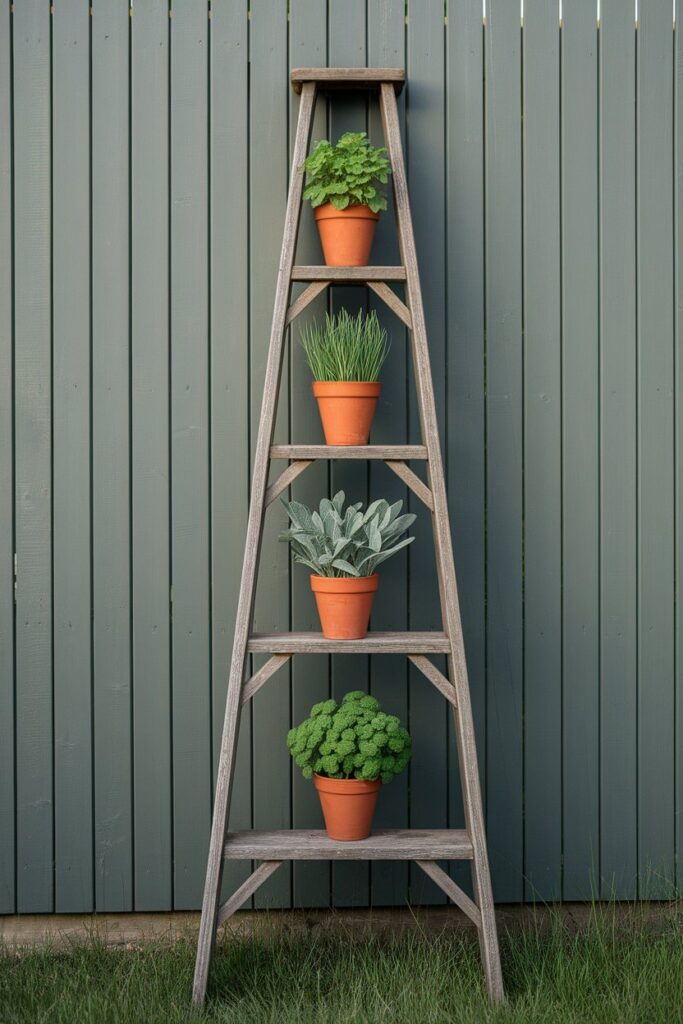
Repurpose old wooden ladders as multi-level plant displays. Each step can hold different sized containers, creating an attractive vertical garden arrangement. This approach works well for herb gardens where you want easy access to different varieties.
Secure the ladder properly and choose containers that fit safely on each step to prevent accidents.
7. Window Box Extensions
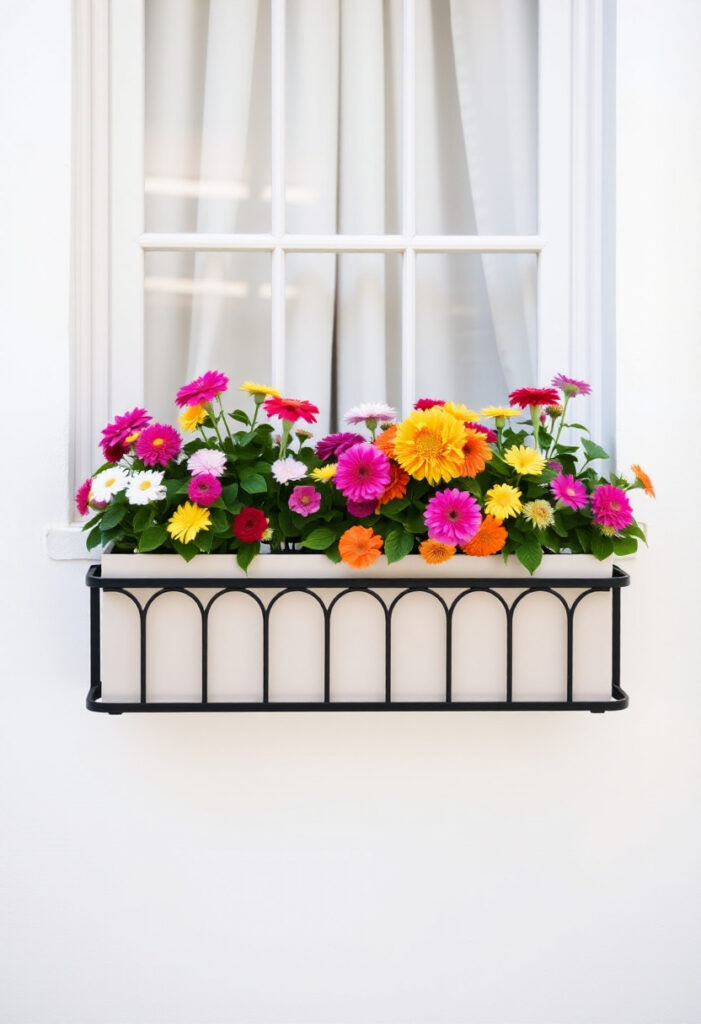
Extend your home’s exterior appeal with well-designed window boxes that complement architectural features. Window box planters should be proportional to the window size and securely mounted to handle soil weight and weather conditions.
Choose plants with similar water and light requirements, and consider seasonal rotation to maintain year-round interest.
8. Stone and Rock Containers

Natural stone planters blend seamlessly with landscape designs while providing excellent drainage and temperature regulation. Hypertufa containers can be created using a mixture of cement, peat moss, and perlite for lightweight, natural-looking planters.
These work exceptionally well for alpine plants and succulents that prefer well-draining conditions.
9. Metal Container Gardens
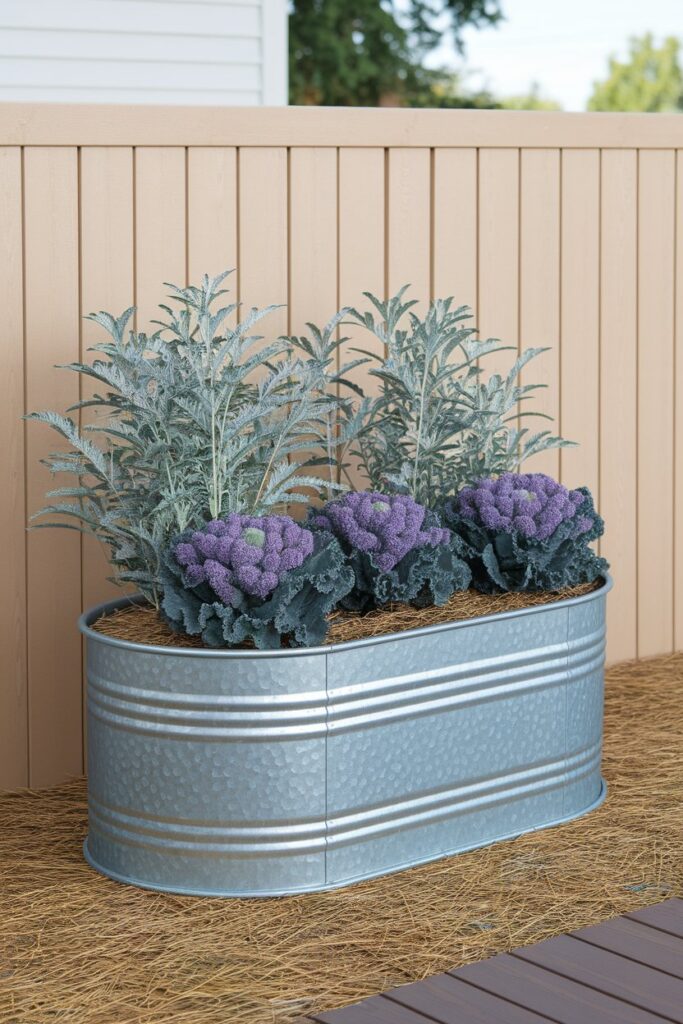
Galvanized steel, copper, and aluminum containers offer durability and modern aesthetics. Metal planters conduct heat, making them suitable for plants that enjoy warm root zones, but they may require additional protection in extreme climates.
Consider the metal’s reaction to moisture and choose appropriate plants accordingly.
10. Fabric Grow Bags

Modern fabric planters provide excellent root aeration and drainage while remaining lightweight and portable. These breathable containers prevent root circling and can be folded for storage when not in use.
Fabric grow bags work particularly well for tomatoes, potatoes, and other vegetables that benefit from good root aeration.
11. Multi-Tier Planter Systems
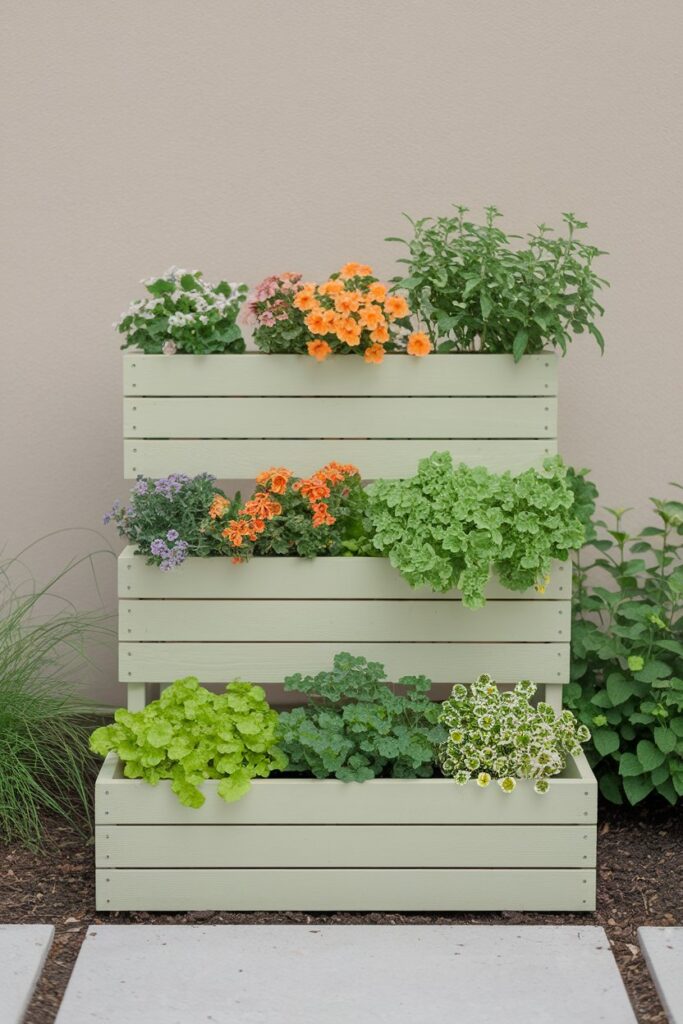
Create dynamic displays with tiered planter arrangements that showcase plants at different heights. Stepped planters can be built from wood, stone, or purchased as ready-made systems.
This approach allows for creative plant combinations and makes efficient use of limited space.
12. Edible Landscape Integration
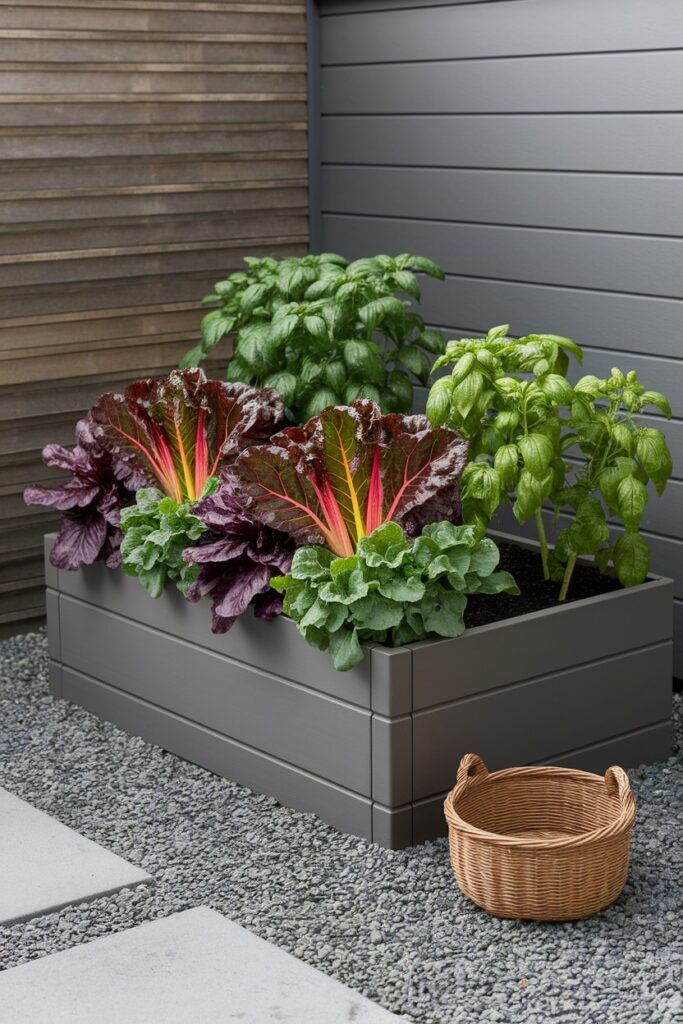
Integrate food production into decorative planter displays by choosing edible plants with ornamental value. Edible landscaping combines function with beauty, using containers to highlight colorful vegetables and herbs.
Consider plants like rainbow chard, purple cabbage, and ornamental peppers that provide both food and visual appeal.
Choosing the Right Plants for Container Gardens
Successful container gardening depends on matching plants to their growing conditions and container requirements. Consider mature plant size, root depth needs, and water requirements when selecting varieties.
Shallow-rooted plants like lettuce and herbs work well in smaller containers, while deep-rooted vegetables like tomatoes need larger, deeper planters for optimal growth.
Maintenance Tips for Outdoor Planters
Regular maintenance ensures healthy plant growth and extends container lifespan. Check soil moisture daily during hot weather, as containers dry out faster than ground plantings.
Fertilize container plants more frequently than garden plants, as nutrients wash away with regular watering. Use slow-release fertilizers or supplement with regular liquid feeding.
Seasonal Care Considerations
Winter protection may be necessary for planters in cold climates. Move tender plants indoors, wrap containers to prevent freezing, or group planters together for protection.
Summer care focuses on adequate watering and heat protection. Consider shade cloth for sensitive plants and mulching to retain soil moisture.
Design Principles for Planter Arrangements
Create visually appealing displays by following basic design principles. Group planters in odd numbers, vary heights and textures, and consider color combinations that complement your overall garden scheme.
Focal points can be created using larger specimen plants or unique containers that draw attention to specific areas.
Budget-Friendly Planter Solutions
Creative outdoor planter projects don’t require significant investment. Many effective containers can be made from recycled materials or purchased inexpensively at thrift stores and garage sales.
DIY planter projects offer satisfaction and customization options while keeping costs manageable for most gardeners.
Questions & Answers
Q: What size outdoor planter do I need for different plants? A: Container size depends on the plant’s mature size and root system. Herbs need 6-8 inch deep containers, lettuce requires 6-10 inches, while tomatoes need at least 18-24 inches deep. Generally, choose containers 2-3 times wider than the plant’s expected spread.
Q: How often should I water plants in outdoor planters? A: Container plants typically need daily watering in hot weather, as they dry out faster than ground plantings. Check soil moisture by inserting your finger 1-2 inches deep. Water when the top inch feels dry, ensuring water drains from the bottom holes.
Q: Do outdoor planters need drainage holes? A: Yes, drainage holes are essential to prevent waterlogged soil and root rot. If using decorative containers without holes, drill several ½-inch holes in the bottom. Add a layer of gravel or pottery shards to improve drainage further.
Q: What’s the best soil mix for outdoor planters? A: Use high-quality potting mix rather than garden soil, which becomes too heavy and dense in containers. Good potting mix contains peat moss, vermiculite, and compost for proper drainage and nutrition. Avoid mixes with water-retaining crystals for outdoor use.
Q: Can outdoor planters survive winter outdoors? A: This depends on your climate zone and planter material. Terracotta and ceramic containers may crack in freezing temperatures. Move tender plants indoors, wrap containers with insulation, or choose frost-resistant materials like concrete or resin for year-round outdoor use.
Q: How do I prevent outdoor planters from blowing over in wind? A: Secure lightweight planters by adding weight to the bottom with stones or sand. Group containers together for stability, or anchor them to walls or fences. Choose wide, heavy-bottomed containers for windy locations, and avoid top-heavy plant arrangements.

